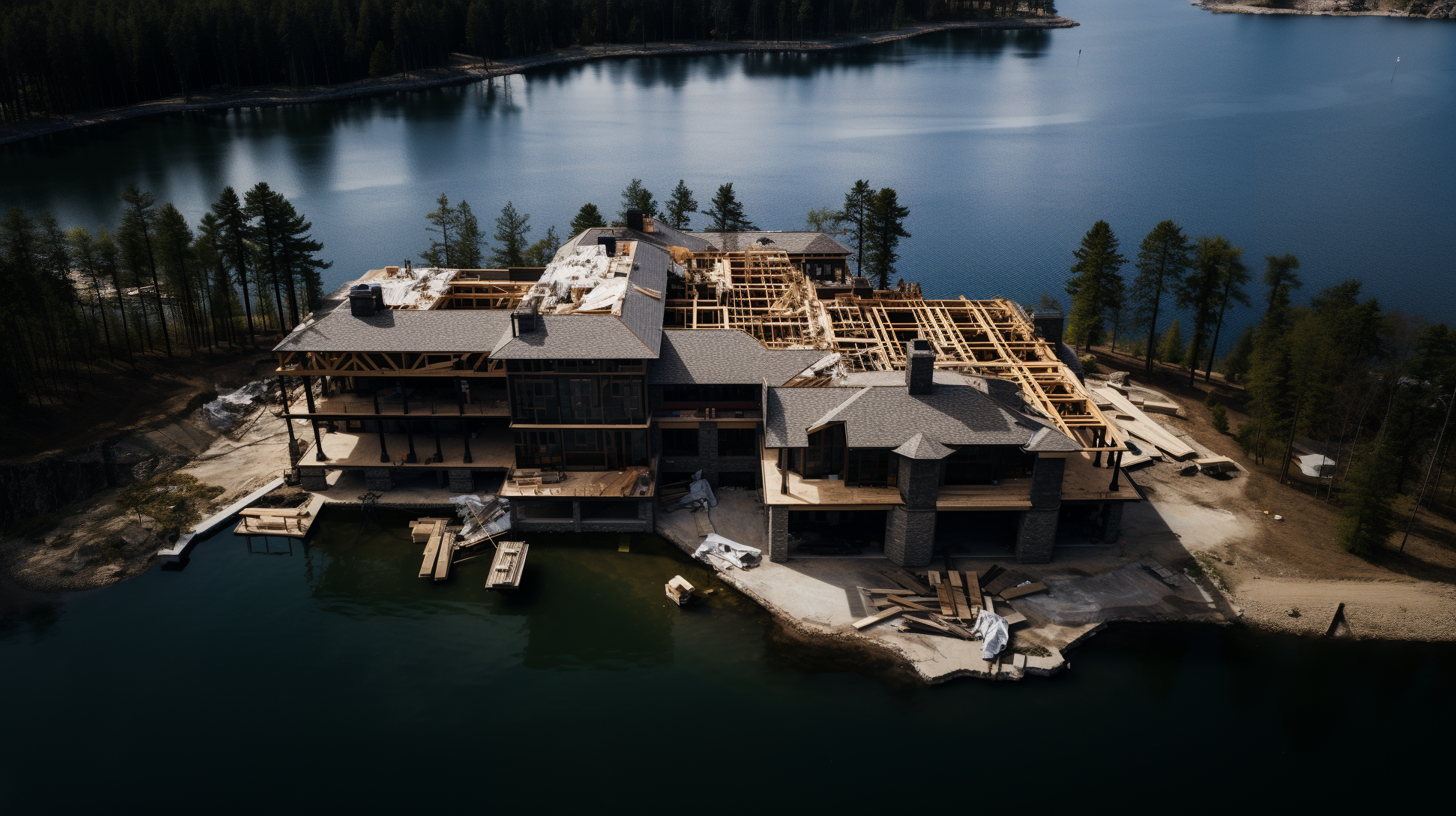Since Microsoft released the public preview of Fabric, the online content around it boomed. Microsoft’s Learn website is full of descriptions around how to use Fabric and OneLake, and there’s an apparent push towards it, even though it’s still in preview. However, Fabric differs significantly from more traditional data platforms like Synapse Analytics and Databricks. It gives it ease of use, but it also takes away some features away. In this article, we’ll be talking about those differences, and when to use Fabric, when to avoid it.
Fabric: Go Fast; Synapse: Go Far
Consider Fabric as a sports car: It goes fast, it’s sleek and good-looking. It’s exhilarating. If you’re using it for fun or transport, or even commute, it gets the job done. It’s a very consumer-grade tool; it does what it’s supposed to, which is load and transform the data, fast. Produce analytics and business reports, fast. Do heavy data integration, analytics, and warehousing? Not so much.

On the other hand, there’s Synapse Analytics. You can think of it like a van. It’s not fancy and it’s heavy. But it’s reliable and durable. It can transport goods, it can take a beating, it can be driven on less than optimal roads and conditions. It’s customisable, you can add a refrigerator and carry cold goods with it. It’s consumer-grade. Synapse can connect to a lot of data sources, supports more authentication and authorisation methods, it has Spark AND Power Query capabilities, as well as Serverless SQL. It supports better release and deployment flows.
True, Synapse doesn’t have Purview’s capabilities or Power Platform’s innate M365 integration. But Fabric isn’t customisable. It brings together all the technologies together into a product, but it compromises on flexibility (e.g. OneLake supports ADLS Gen2 endpoints, but it doesn’t support editing/updating files via those).
Fabric: Less Investment, Quick Value; Synapse: More Investment, Gradual Value
Fabric is a turnkey solution, which means you don’t have to employ 10 people to just build and make it operational for you. It’s a SaaS product that’s maintained by Microsoft, so you don’t have to worry about the infrastructure. You can divert your money to get more data into it, and to produce more value. Think of Fabric like a luxury high-rise flat with amenities.
Synapse is like building a house. You get it designed, then either build it yourself if you know what you’re doing, or hire a team that knows how to do it. It requires investment, but it’s more tailored. Once you get the house built, you can do anything you want with it. You can build an extension at the back of the house, or build a pool. You have to maintain the house, but it’s better for the kids.

If you need a managed & hosted solution, Fabric makes more sense. If you require a more flexible environment and a more heavy-lifting platform, Synapse is better.
Fabric: BI Teams And Power Users; Synapse: Data Engineering and IT Teams
Power Platform has always been closer to the business teams and the BI teams. Their requirements mainly rotate around daily data operations or reporting capabilities. They touch the operational data more, rather than analytical data. Fabric expands that universe for them and allows them to get behind the curtain. The same teams now have the capability to process the data and prepare it for more use cases, not just Business Intelligence. They can now integrate with third party datasources or raw company data, and model a data product, not just reports.
Synapse is an IT tool, requires Data Engineers to load and transform the data. Their requirements are mainly to refine the data and prepare it for business use cases. It’s effected more by system-level requirements than Fabric. As a result, its main audience is IT teams, not Power Users.

Side-by-Side Comparison
| Fabric | Synapse Analytics |
|---|---|
| Consumer grade | Commercial grade |
| More like a sports car: Fast, fancy, gets the job done, best used on good roads, can be driven by anyone |
More like a van: Heavy, reliable, can be used in any condition, but requires a special driver’s licence |
| Use it to go fast | Use it to go far |
| Easy integration and data transformation |
Strong integration and data transformation |
| Fast value gain | Gradual value gain |
| Minimal upfront investment needed | Big upfront investment needed |
| No infrastructure maintenance needed | Infrastructure needs maintenance |
| Primary audience is Power Users and BI Teams |
Primary audience is Data Engineering and IT Teams |
| Less control over deployments | Full control over deployments |
| Less control over permissions | Full control over permissions |
Conclusion
Although this article focused on the differences of the platforms, one thing needs to be said: They can be used together. There’s nothing preventing a Delta Lake to being created by Data Engineering teams using Synapse, and then utilise the same lake on Fabric to further process the data and curate it. Even though they have similar capabilities, their strengths lie in different areas. They can complement each other.
Fabric would add tremendous value to a company who already has a Data Lake. The Engineering teams can still make the data available there, using their established pathways. But now the business-oriented, curated, gold-layer data can be produced more easily in Fabric. Power Platform evolves into a stronger form with Fabric: It elevates the data onto a business level, not just the prepared reports based on it.

